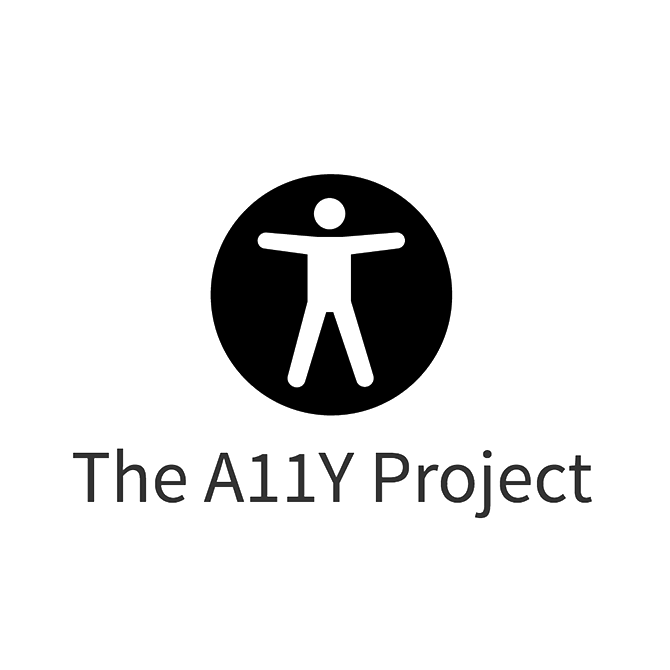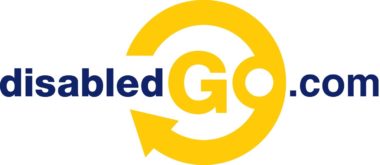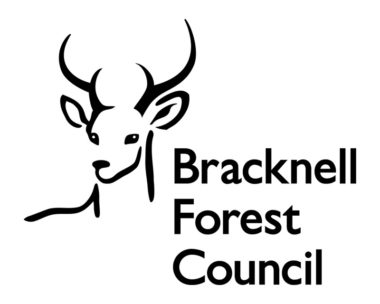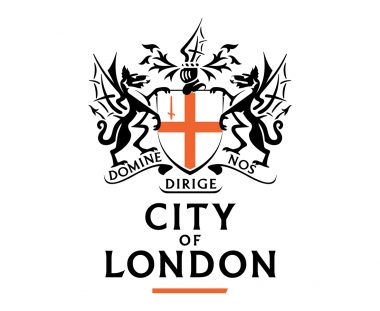What is A11y?
A11y is the short form way of writing accessibility. It’s known as a numeronym, which is similar to an acronym. A numeronym can be created in many different ways, in the case of ‘A11y’ the first and last letter have been preserved, whilst the characters in the middle have been substituted for the number of letters between ‘A’ and ‘Y’, which is 11.
The numeronym is commonly used on social media platforms when talking about digital/physical accessibility for those with disabilities. This gives content creators 9 extra characters to work with and improves the discoverability of the term. Many accessibility specialists work with the term ‘A11y’ as ‘Accessibility’ can often bring up many irrelevant sources.
The great thing about the numeronym is that it is internationally translatable, whereas the word ‘Accessibility’ is not. It is also used by community-based project centred around digital accessibility, The A11y Project.
Check if you’re meeting accessibility standards, apply for your Free Accessibility Snapshot
What Does the A11y Project Do?
The A11y Project is a community-driven effort to make web accessibility easier for web developers and designers. It provides accessible web development resources to developers such as accessible menu items, SVGs, dropdowns, accordions, forms, buttons, anchor links and much more.
The A11y Project also offers a checklist that developers can go to, to ensure that they are developing a fully accessible website. This involves implementing ARIA Landmarks into the code, allowing those with assistive technologies to navigate the website efficiently. It also provides checklists on Javascript implementation and language attributes.
There are also plenty of resources available for people involved in the web project, as well as events that are available for those who want to make a difference in the world of digital accessibility.
Benefits of the A11y Project?
The benefits of The A11y Project speak for themselves, it offers a platform for developers, designers and webmasters to understand the basic principles of accessibility and how simple changes can make a site more accessible. Not only does it create more knowledgeable developers and designers, but it also gives them plenty of resources that they can actively use in their web project that will allow users who utilise assistive technologies such as screen readers to access websites.
The A11y Project also offer us up a GitHub group, where developers can share code and other pieces of useful information in a collaborative approach to create accessible websites. The project also has a large list of accessibility-focused events on its website for developers, for everyone who is involved in accessibility to visit.
How to Become Accessible
At Shaw Trust Accessibility Services, we’re committed to making sure that all websites we see are accessible. That’s why we think The A11y Project is a great tool. Being able to view checklists, code suggestions and all things accessibility for free, it allows people to constantly work on making websites inclusive to each and every person.
Using the A11y Project is a great place to start when it comes to accessibility and how you can implement this into your website, however, it’s important to understand the importance of real-life user testing when it comes to accessibility. Not only will this help you to understand the user journey, but it will also help to tackle any accessibility errors that you didn’t notice were in the code.
Using The A11y Project can often help you become more aware of the accessibility errors that may be hiding within your site, but using our accessibility assessors and technical teams, we can help you eradicate any unknown accessibility errors and help you finish your journey to creating an accessible website. To arrange a test, please get in touch with us.
Further Reading
If you’d like to learn more about accessibility and gain a better understanding of some of the terms commonly used then we’ve created a series of blogs just for you. Simply click on the post titles below;







